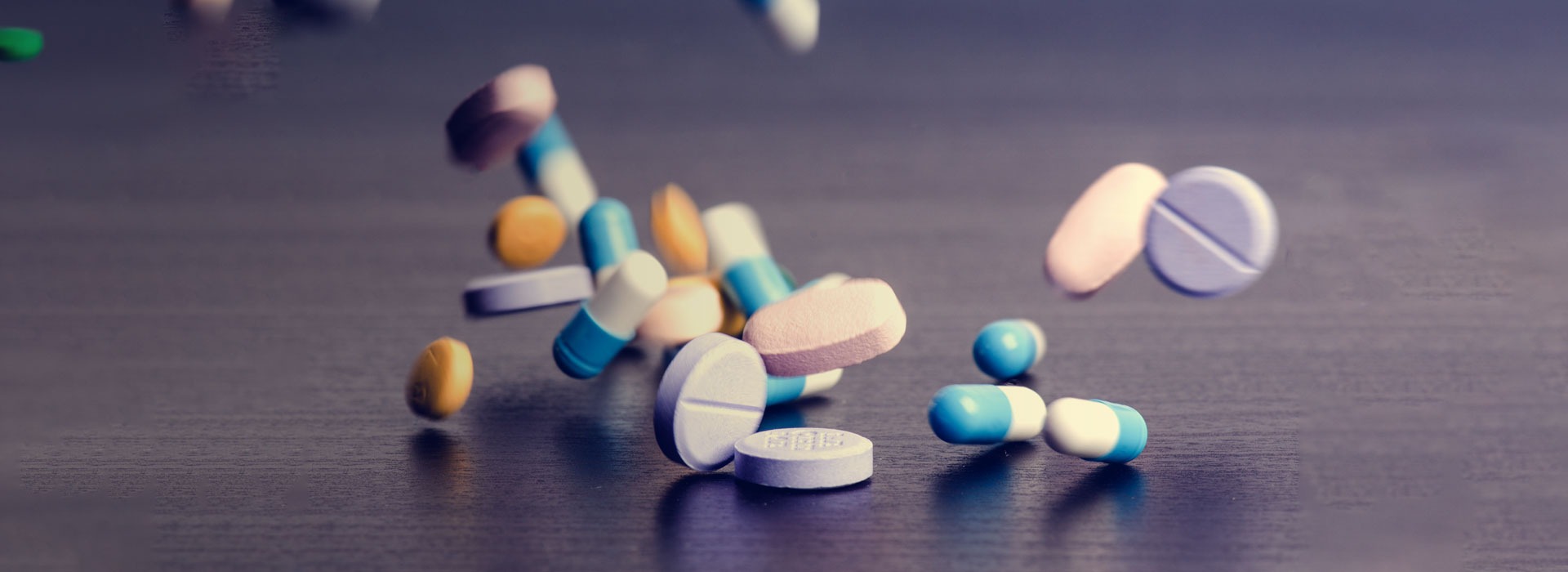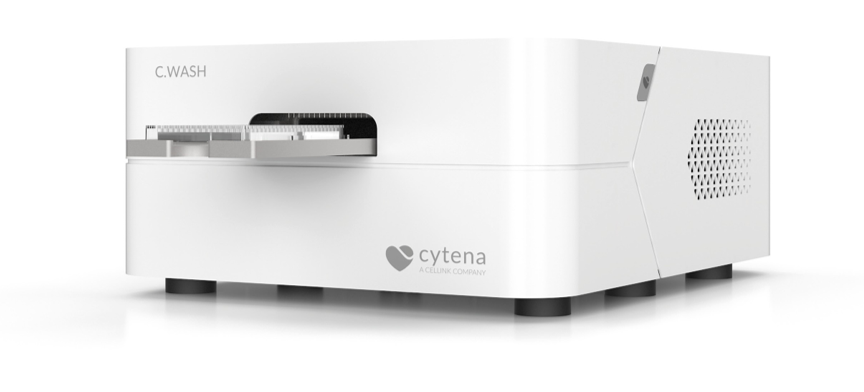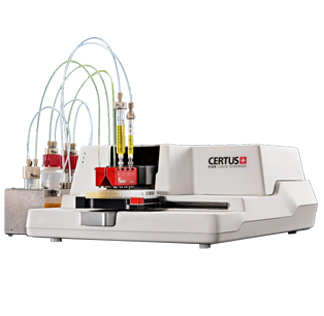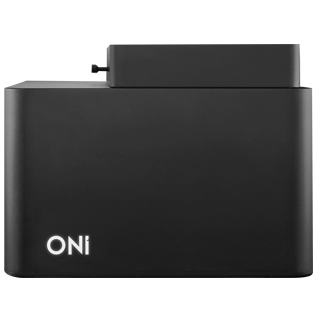Drug Discovery
Drug research and development
Research (R) and development (D), although they are all research drugs, their significance and purpose are different; the former is the study of the exploration, function and mechanism of the more biased drugs, and is the academic innovation.
The latter is the development of industrialization or commercialization of drugs with therapeutic value, including the manufacture of drugs, the toxicity of animals and the observation of clinical efficacy. The process of New Drug R & D includes drug discovery and value validation, pre-clinical animal testing and clinical trials for product development, with clinical efficacy before registration and listing. The total R&D time is 10-15 years, and each segment has to spend a considerable amount of research and development funds. However, once the new drug research and development is successfully listed its output value is huge.
Drug discovery is the solid foundation of disease treatment, and it is also the top priority of most pharmaceutical companies and research institutes in the field of pharmaceutical research and development. This phase includes the discovery of new drugs and their value. Important sources of modern medical drugs includes small molecule compounds, protein drugs, botanicals (including Chinese herbal medicines).
At present, the drugs used in clinical practice are still mainly chemically synthesized small molecular compounds; protein drugs include antibodies, hormones, vaccines, etc.; and botanicals or Chinese herbal medicines include traditional compound, unilateral, and extractive botanical new drugs.
Small Molecule Compounds: A drug that is discovered to be a truly useful new drug is a time-consuming and costly investment, usually 10,000 to be truly successful. A drug-producing compound (lead compound) usually requires the synthesis of thousands of derivatives. After evaluating and comparing its activity, toxicity, stability, and pharmacokinetics, select several potential candidates. (candidate drugs)
Enter the next phase of preclinical testing. In order to speed up the time course of drug development, pharmaceutical companies or research institutions have different strategies, such as combinatorial chemistry to speed up the amount of synthetic drugs, and with high throughput screening to select effective Compound. Sometimes it is necessary to use a computer to understand the interaction between the drug and the structure of the organism to design more selective derivatives to improve the efficacy, reduce side effects, and reduce the amount of actual synthetic compounds and protein drugs. The development of new technologies, such as the microenvironment of cells in the drug sieve, the real-time dynamic observation of cells, the analysis of intracellular fine structures, and the screening of drugs based on individual patient cells, all improve the efficiency and success rate of drug development.







